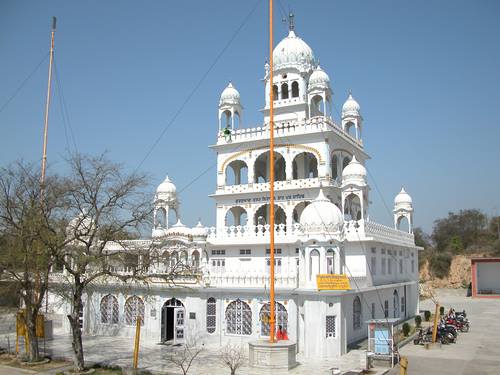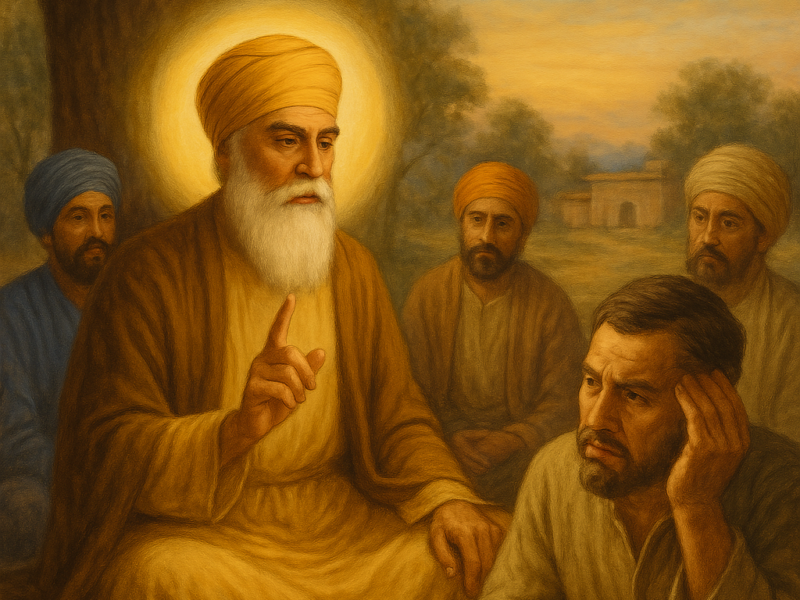Canada is sometimes called ‘mini India’ and why shouldn’t it? It is well known that many Indians have been living in Canada for years and have developed a strong sense of community in the country. In 2015, Prime Minister Justin Trudeau noted that he had more Sikhs in his closet than Indian Prime Minister Narendra Modi. He has been seen performing Bhangra, preparing food at the gurdwara, and celebrating with other Indian festivals. About 700,000 Punjabi Canadians (Punjabi: ਪੰਜਾਬੀ ਕਨੇਡੀਅਨ / پنجابی کینیڈین) comprise about 2% of the population of Canada. Their heritage originates in whole or in part in Punjab, a region in the north of South Asia, which includes India and Pakistan.
Punjabi first came to Canada in the late 19th century to work in the forestry industry. Particularly concentrated in the western province of British Columbia, the population of Punjabi began to increase in 1908 before the period following the decline and subsequent decline. In the middle of the 20th century, immigration laws in Canada were relaxed, encouraging the growth of the population to this day.
Today, the largest Punjabi communities in Canada are located in the province of British Columbia, with a focus on Vancouver, and the province of Ontario, especially in Toronto.
Why does he feel the need to do this?
Because Indians make up the vast majority of Canadians you need to value them to bring about inclusive economic growth and diversity. Clean streets, fine facilities, and free medical services paint a fascinating picture of the world in the eyes of many.
This has enticed the Punjabis in Canada for many years. I have many friends who have settled in Canada after graduation and found a lucrative career there. I feel so happy to see them happy on Facebook photos. However, while Canada may seem like a good place to go, the reality of the situation may be very different. During a visit to Punjab last month, I met many school teachers in government, as well as private institutions. I was shocked to hear what they had to say.
There are different reasons as well
Song effects: All Punjabi songs glorify Whiskey, Canadian and archiving. These songs hide the inner minds of the Punjabis and their only reason is to go abroad to benefit in any way. Not surprisingly, the Punjabi are known for keeping their arms and drinking like fish.
Lack of models you can lead in India: In South India, you have IT companies whose South Indian CEOs, you have TVS, some provinces have Ratan Tata, Adi Godrej, Lakshmi Mittal, Asim Premji, Anand Mahindra, etc but we Punjabi do not. ! No news can motivate them to go on business or start or do something truly upbuilding by staying in Punjab itself.
A way of hopelessness: Even if Punjabis attend schools/colleges think that no paid Punjab / India jobs can be achieved with lacs. The truth is, they are not good enough to get jobs that offer a package of 12+ lacs. Their level of ingenuity and commitment is nothing compared to the South Indians or Bengals. So their first and last goal is to go to Canada or Australia as if making money is easy there.
Comfort Zone: Most Punjabi Jatts are rich because of their geographical location. As a result, their sons are enjoying themselves, enjoying all the comforts of school and college. Because of this luxury, these students become goons in college or end up as regular students. As ordinary students, they are rarely placed in any private company, and they cannot pass any public service tests. This leaves them with a real test. Then when they are 24–25 they prepare for IELTS and their only reason is to go abroad by any means.
Laziness and Pride: Most Punjabi feel they are doing 10k a month work against their pride. So they chose to stay home and light up their Royal Enfields. They are not willing to work part-time in Punjab and Canada, they can be low-level cleaners for $$$. In Punjab, their lands are now occupied by immigrants as they are too lazy to cultivate tractors in their fields.
It is easier to go abroad than to start a new business: Most Jatt Punjabis are rich and all they need to do is sell part of their land to send their children abroad for study courses, no matter how talented their son/daughter is. From childhood, they were given the idea of going abroad. The news is that his uncle or brother went there 20 years ago and earned millions. These stories do not allow the minds of young people to grow up with real ideas of how to live/grow in India. Never think of creative business ideas like those of ola, Olx, Facebook, zombies, Flipkart, etc. All they know is the legal or illegal means of going abroad.
I would like to cite a few examples that exploded this Canadian and Aus bubble and broke the myth of easy money there:
One of my college friends who refused to stay in the hostel because there was no AC in the rooms, went to Canada in 2009. She worked there in the kitchen of the Pizza store (lol). He later returned to India where he could not find a good job.
My gym coach recently went to Canada. He was earning about 50k in India in 2013. There he realized that earning dollars is very difficult in Canada. Now he is back in India and has reopened the gym.
I understand that there are thousands of successful Punjabis in Canada but that is because of their ingenuity, hard work, and honesty. This present generation lacks these 3 things. They want success overnight with shortcuts.
They think, all their dreams will come true as soon as they arrive in Canada or Australia, which is why they are crazy to go abroad.








